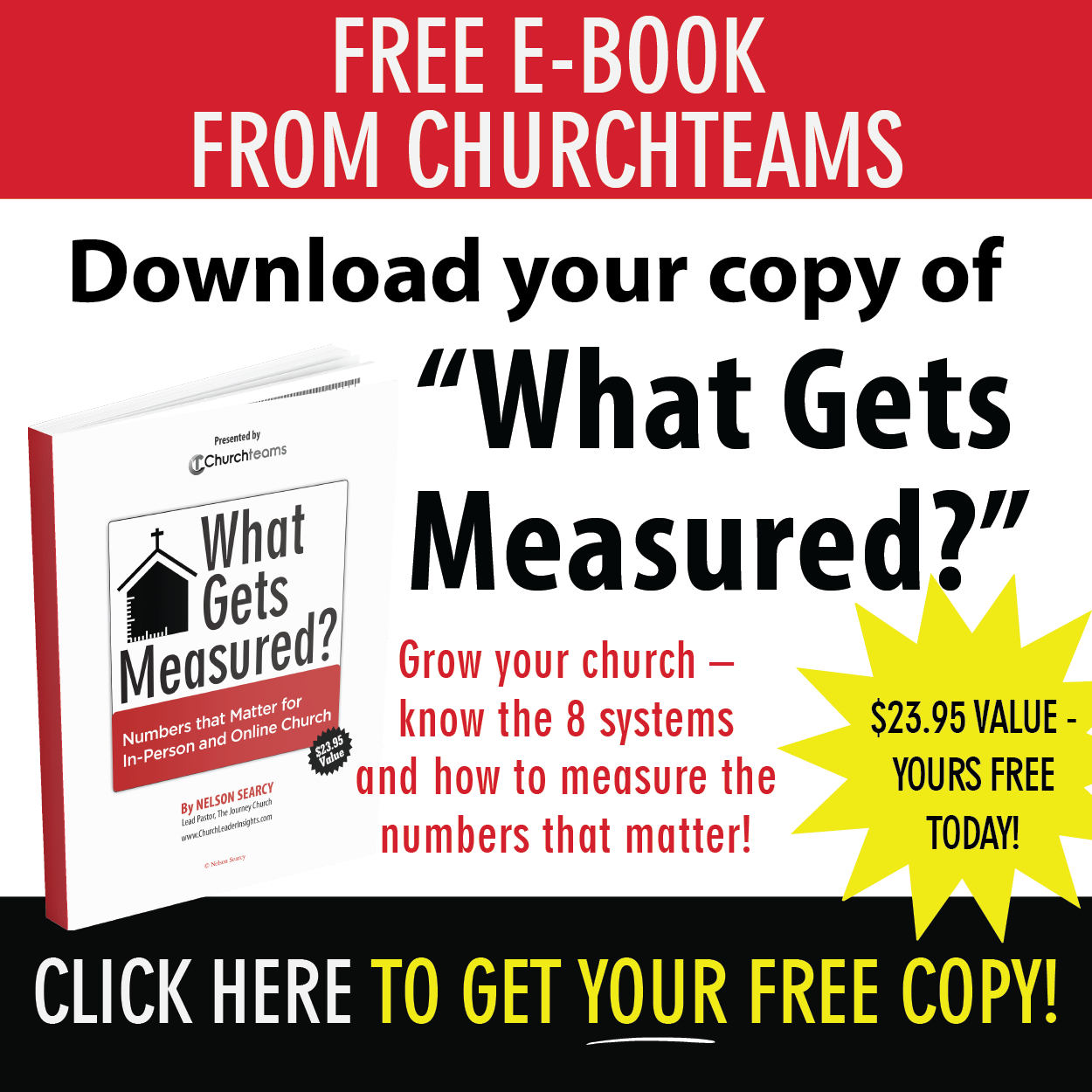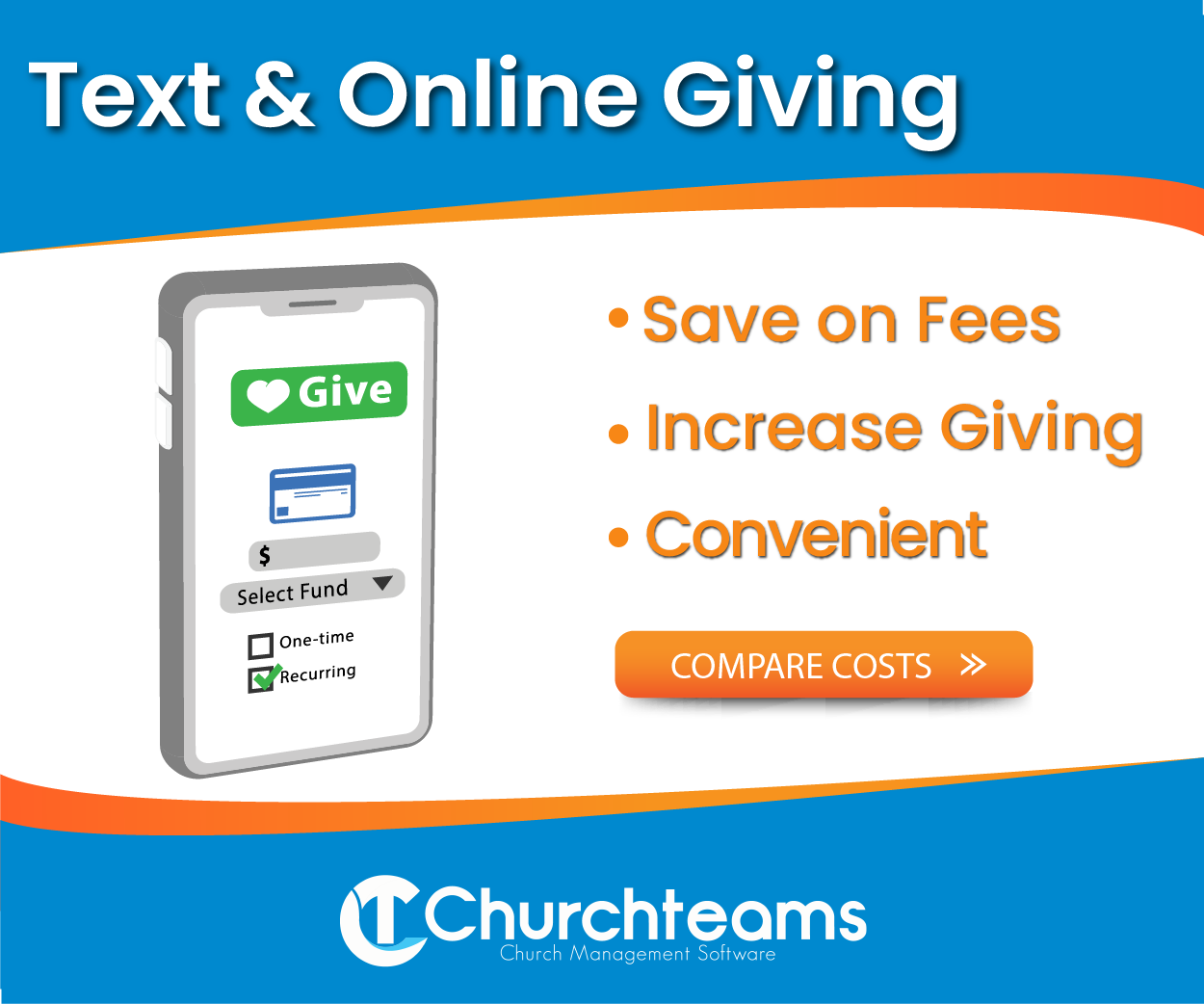 This is the 2nd of 3 blog posts related to end of the year campaigns and online giving. Last week we looked at ideas for end of year online giving campaigns. In this post, we're going to look at online giving from the perspective of organizational promotion and benefits.
This is the 2nd of 3 blog posts related to end of the year campaigns and online giving. Last week we looked at ideas for end of year online giving campaigns. In this post, we're going to look at online giving from the perspective of organizational promotion and benefits.
I really appreciate those of you who took the time to give us your thoughts. I think your responses are representative of a broad spectrum of churches and that they are very insightful.
Consider this summary chart of how our survey respondents promote online giving.

Looking at these numbers, it is clear that there are three different categories of online giving promotion. Each one represents a higher level of commitment. Here they are:
- Level one commitment. (75% and above) The most obvious places to promote online giving are during services in the form of platform announcements and worship slides, and on your church website. Almost everyone that does online giving promotes it at this level.
- Level two commitment. (35% to 60%) It takes a little more buy-in and effort to promote online giving in a bulletin announcement, social media, and direct email. More than one-third of our respondents do these though. This level only involves the work of adding some text in the bulletin or a link in an email or social media post. Nothing too strenuous.
- Level three commitment. (20% and less) I don't know if the idea or the tools to execute are new, but more targeted and personal promotion of online giving can be done using text and reporting features.
To illustrate level 3 commitment, let's say your men's ministry wants to tackle a Habit for Humanity project and needs $10,000. In Churchteams, staff would set up a Fundraising group and add in the the keyword "hammer."
Next they create a text and schedule it to be sent to the men of the church the following Saturday morning. This text and/or email has a specific link to register for this group and give to the project at the same time.
In the Thursday morning meeting, the men are asked to pray and text "hammer" to the church office number. They are told they will get a reminder on Saturday. Whether they text "hammer" or open the Saturday text, they click the link they get back. The form is already filled out so they click continue, enter the amount they want to give, and click enter. That's it.
As this illustrates, it takes commitment and know-how to effectively use online giving. Next week we'll look at personal benefits, but here are three organizational benefits of online giving that were clearly communicated in the survey. Maybe these insights from other churches will help as you evaluate the value of promoting online giving in your church.
- Involvement. Because online giving is so easy to use more people choose to give. Those in services send a text or scan a QR code to give from their phone. Those watching online can do the same thing. Those reviewing your website just click a link. People are no longer required to fill out envelopes or write checks. And, fewer and fewer people even carry cash anymore.
- Data entry. Because online donations are automatically posted to people's giving record, there is no need to count and record like you have to do with cash and checks. This saves staff and volunteer time as well as the expense of envelopes. One very large multi-campus church I know gets over 90% of their income online. Dozens of volunteers count cash and checks at the campuses to process 10% of the giving. 2 people process 90%.
- Analytics. Churches involved in building campaigns love the reports that project giving in the future based on recurring giving. They also love that they can measure how different groups of people give. For instance, just print envelopes for those people who give by check and cash. Then set up semi-monthly or monthly emails or texts for those who prefer giving online but are not set up for recurring giving. You can do all of this!



